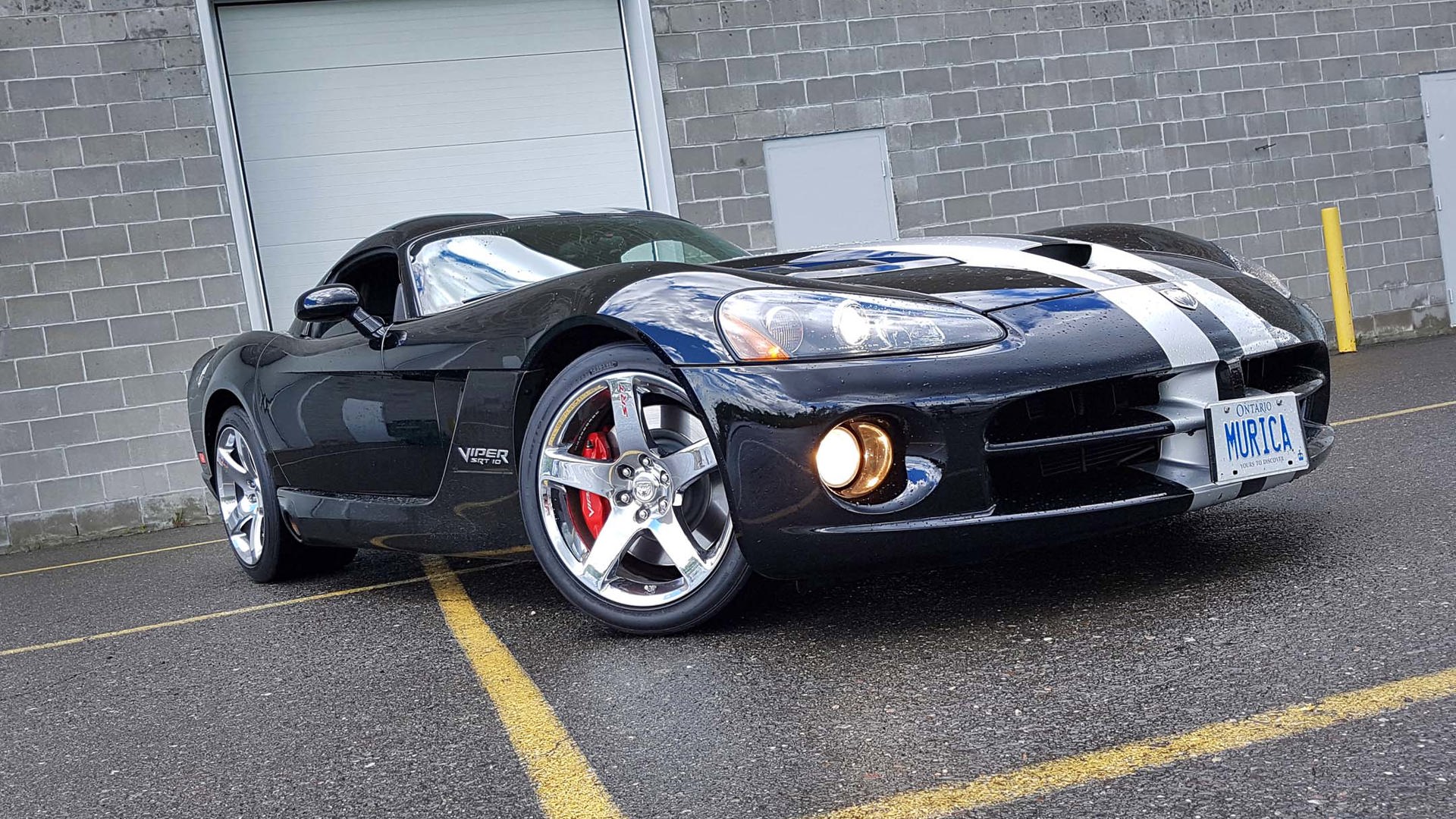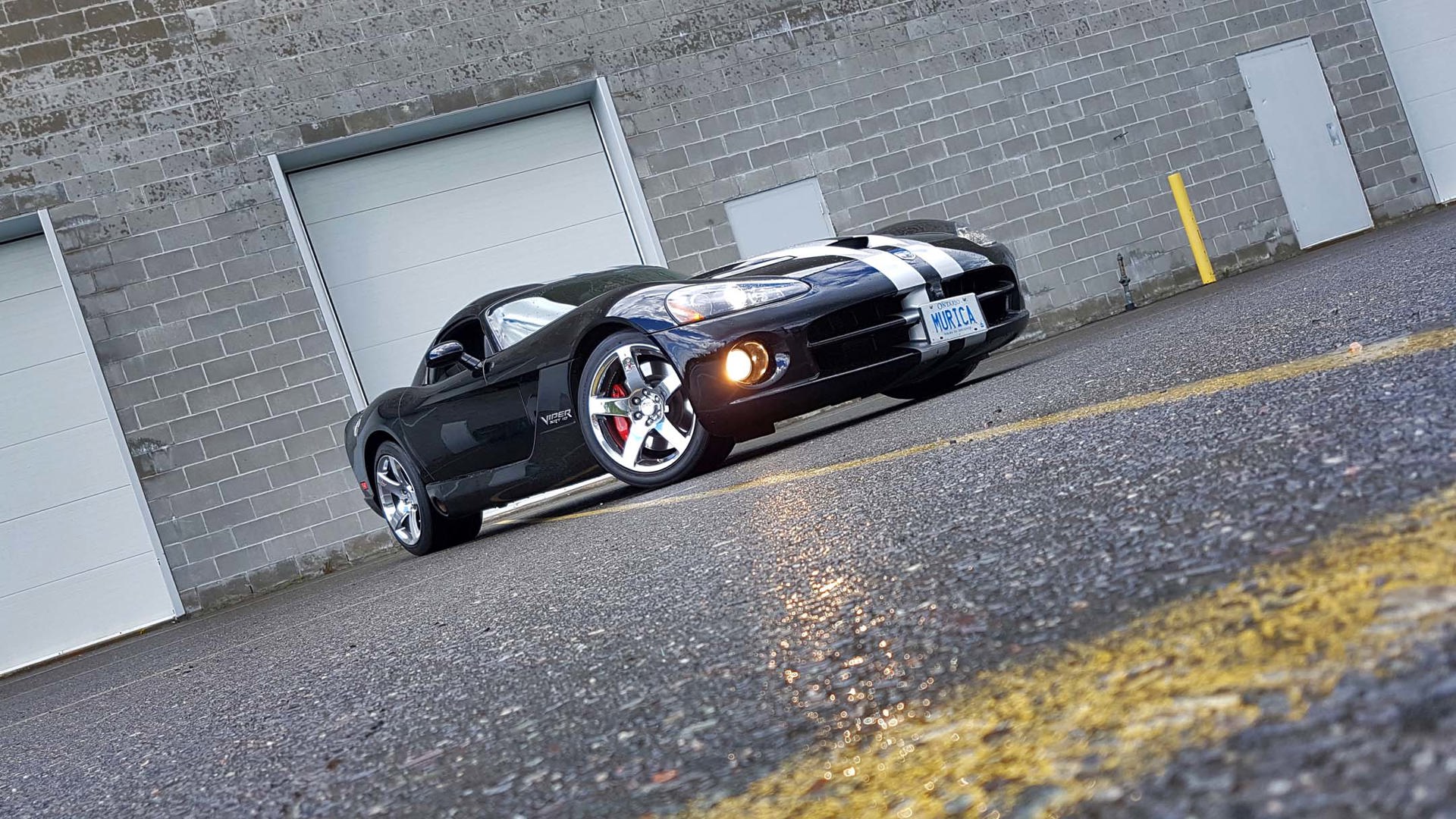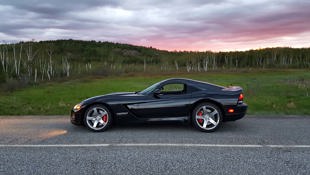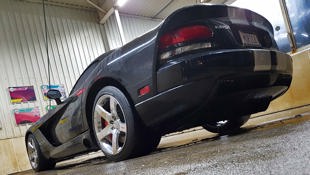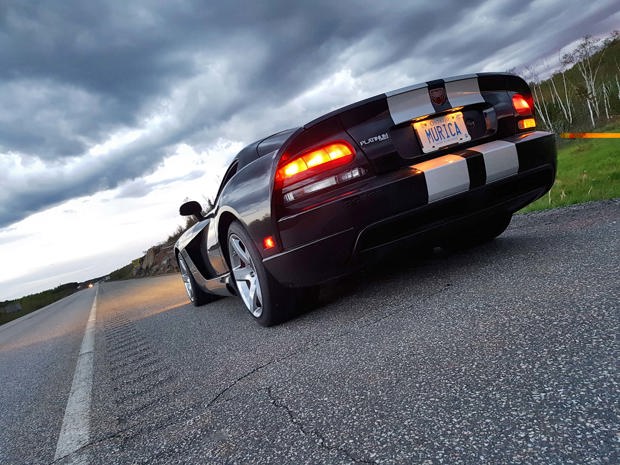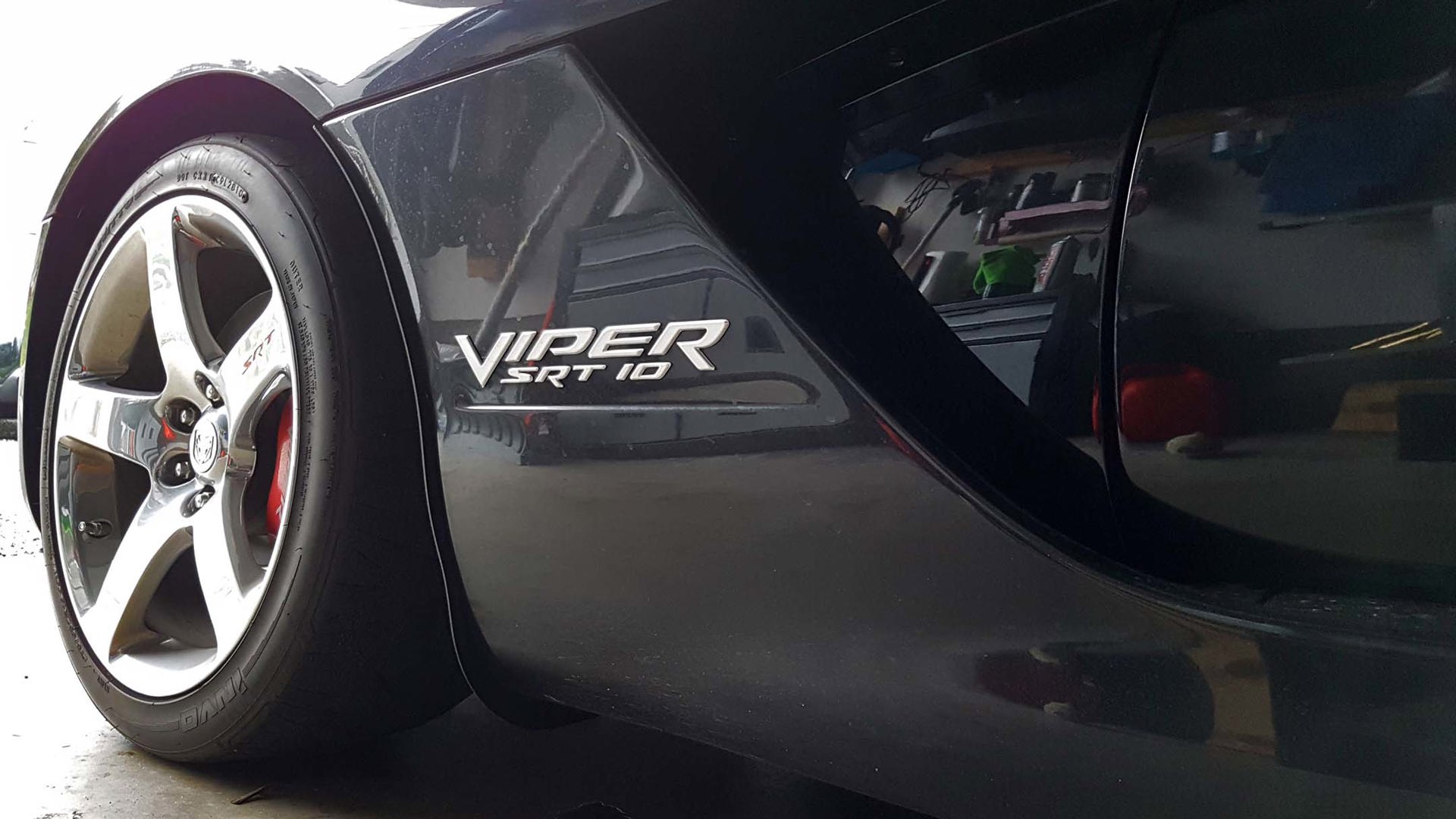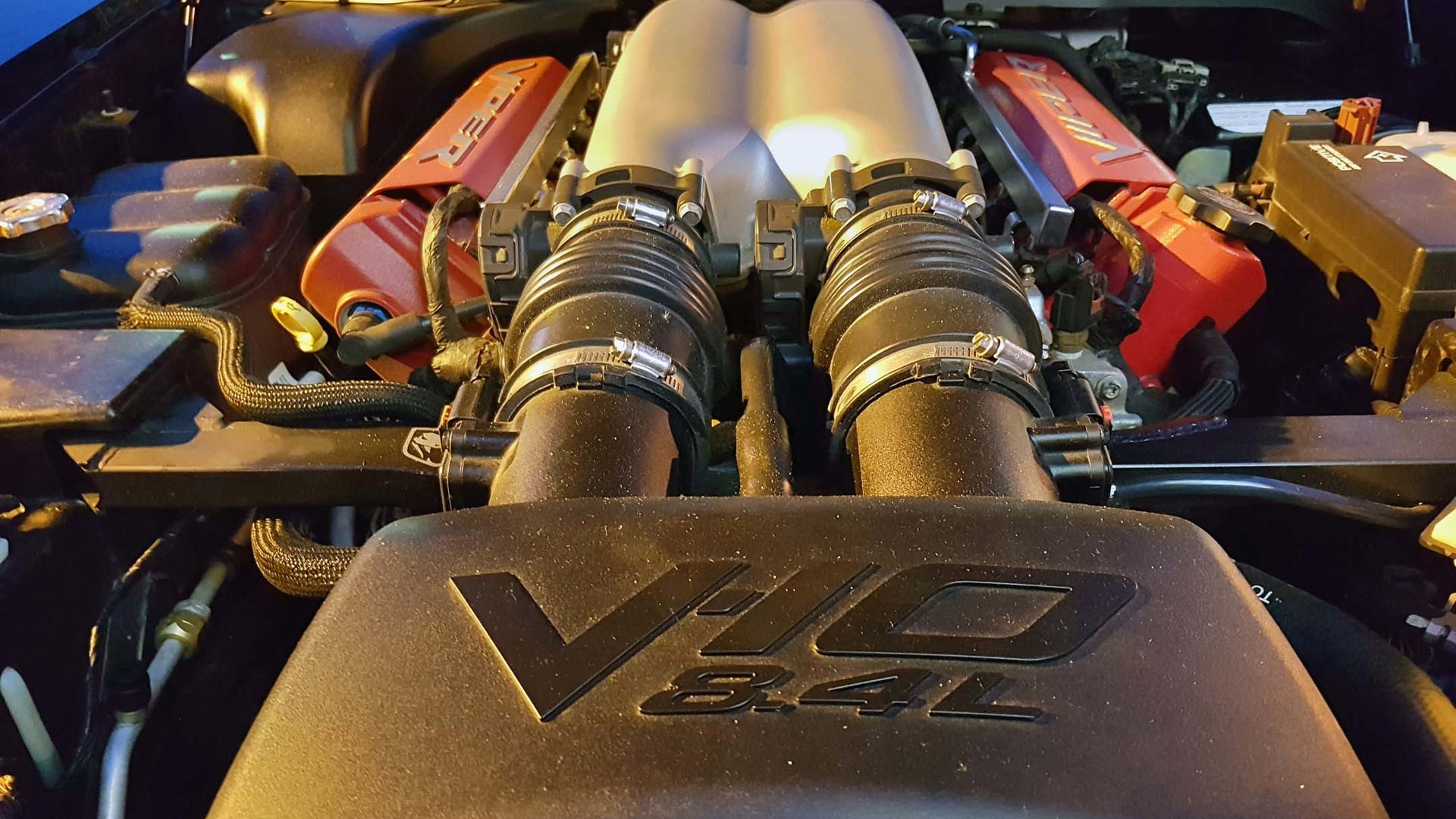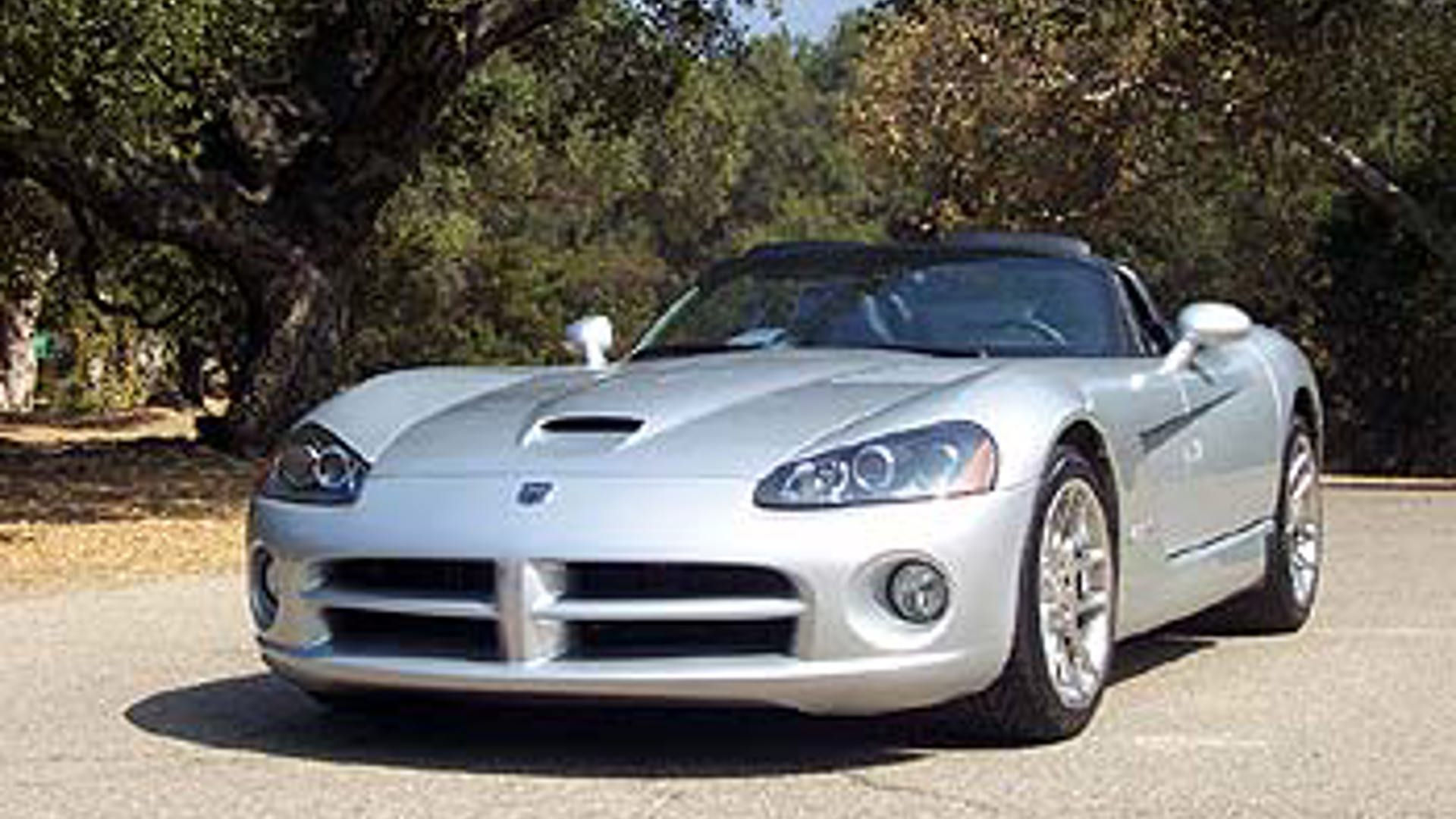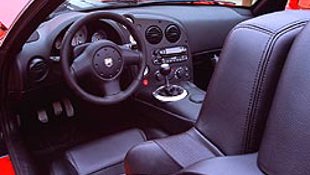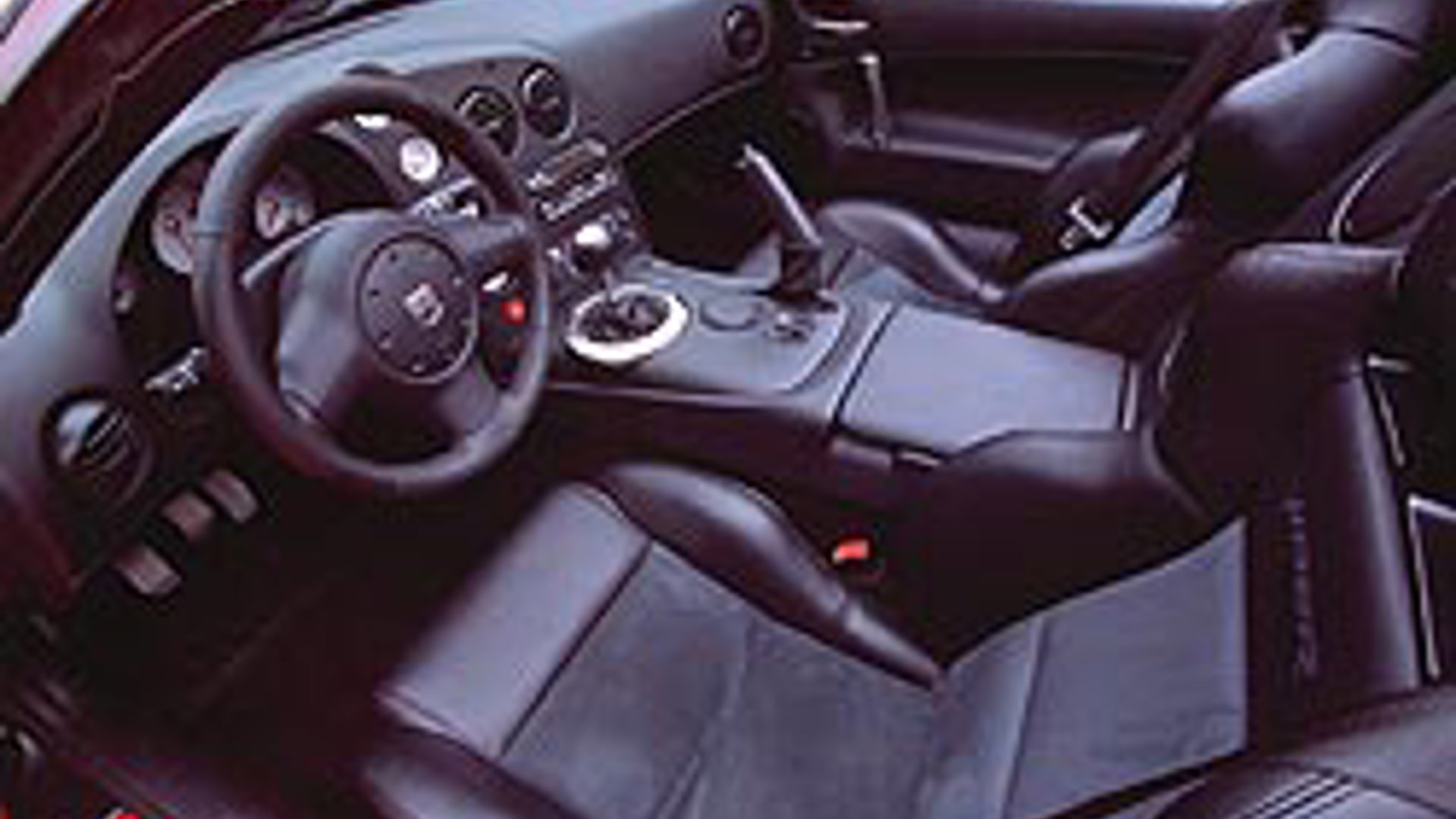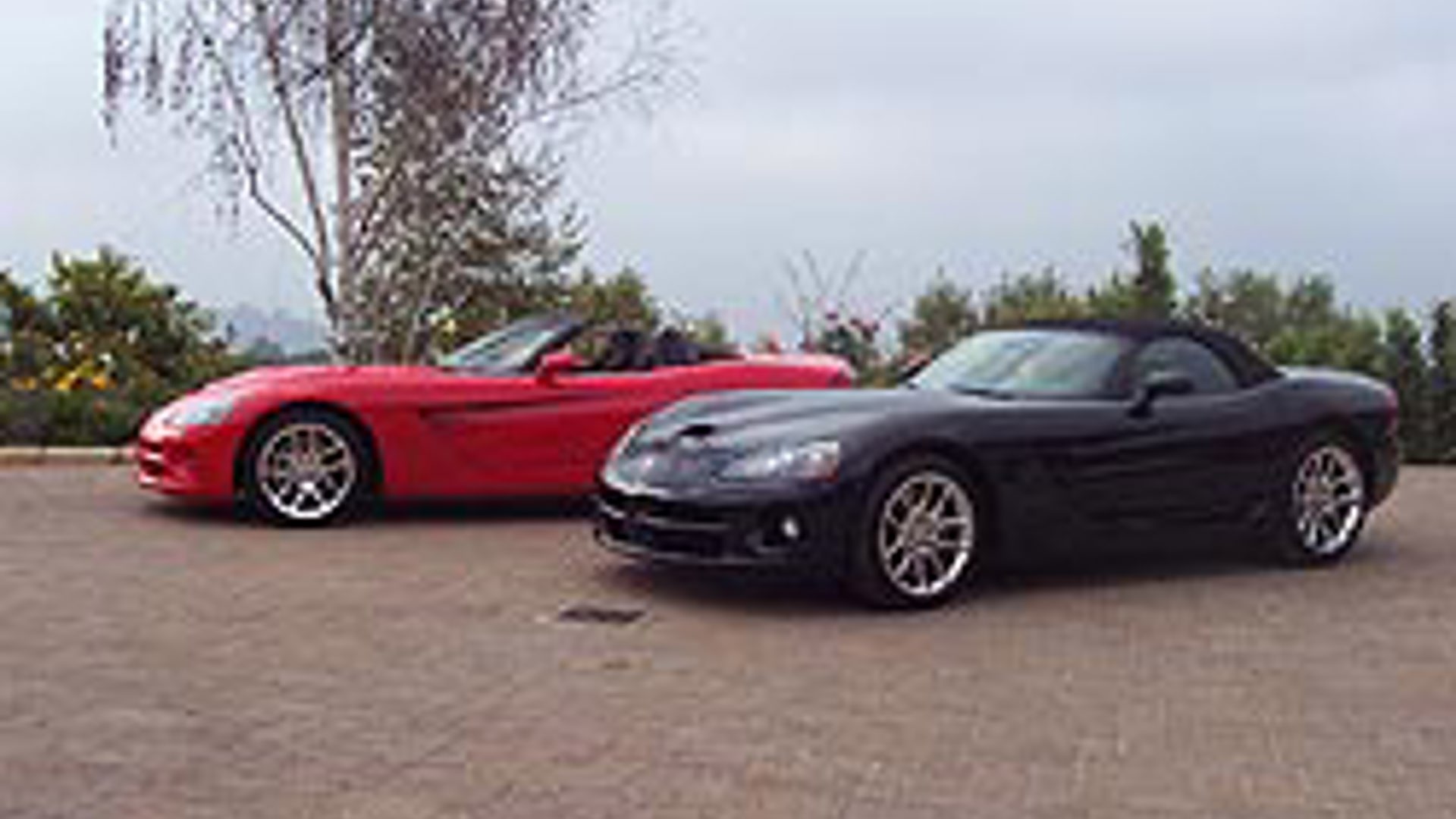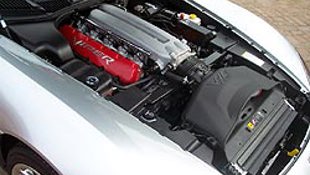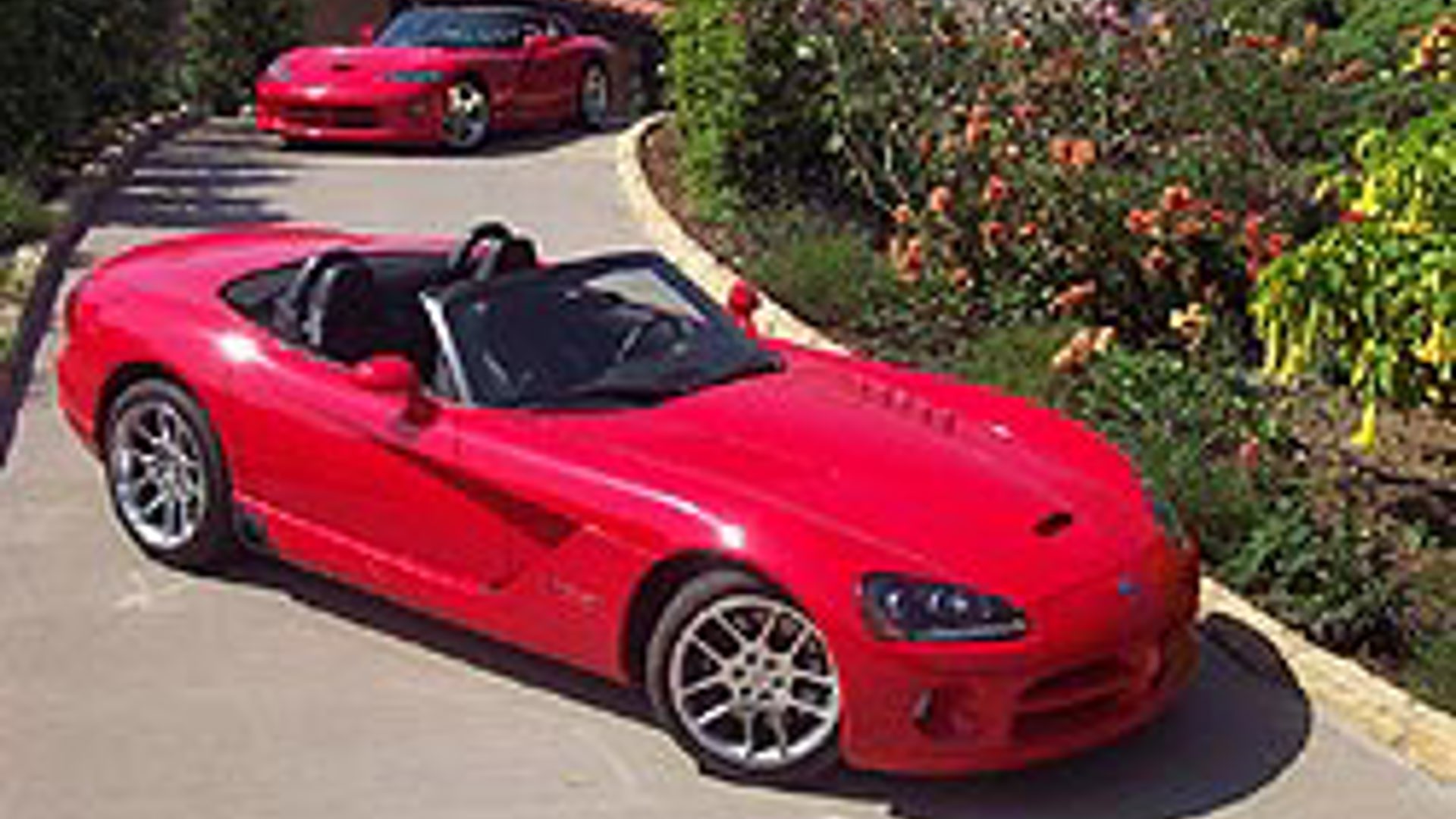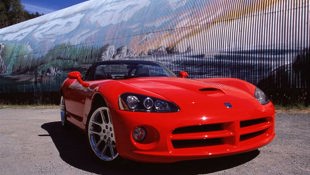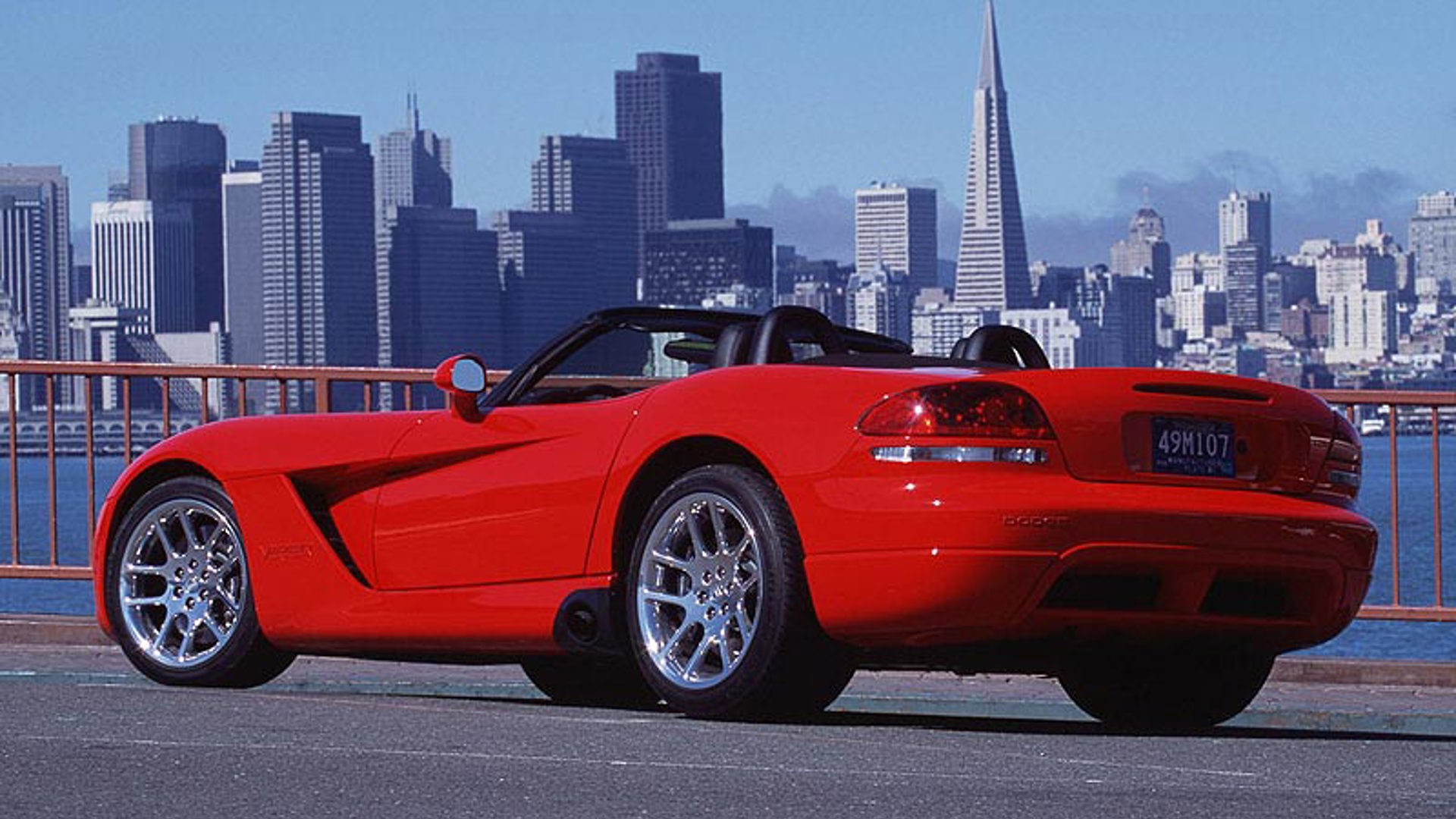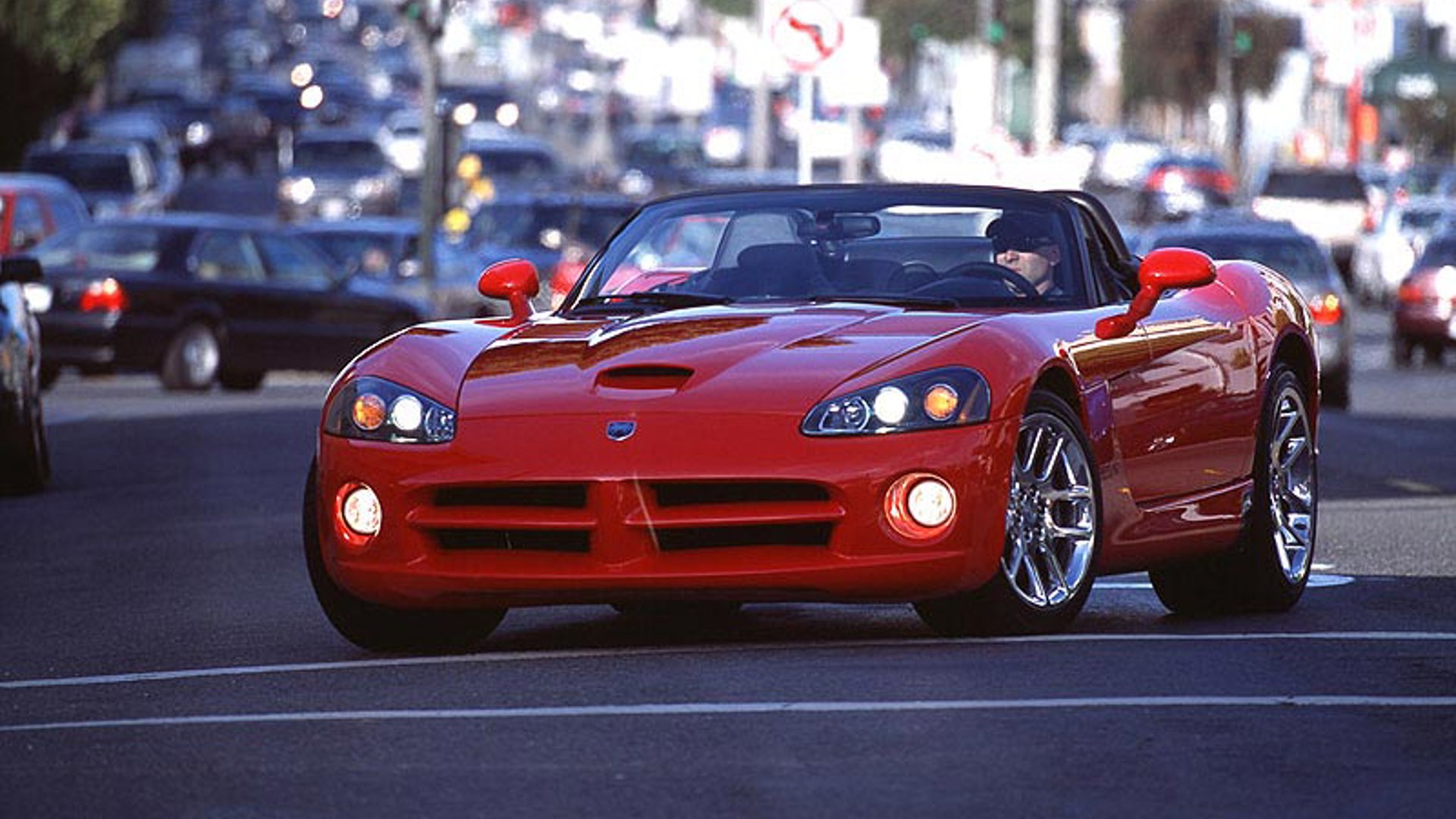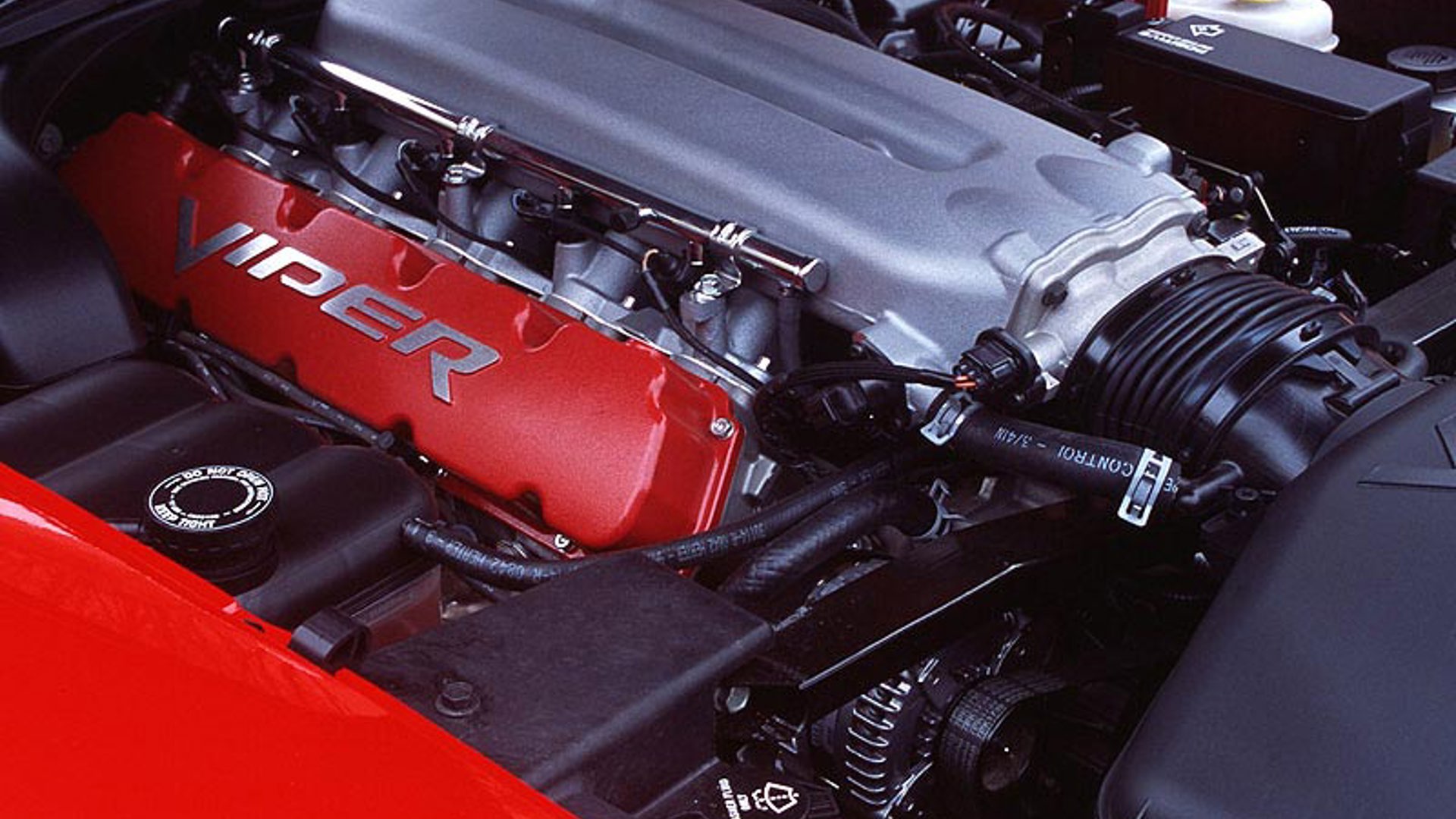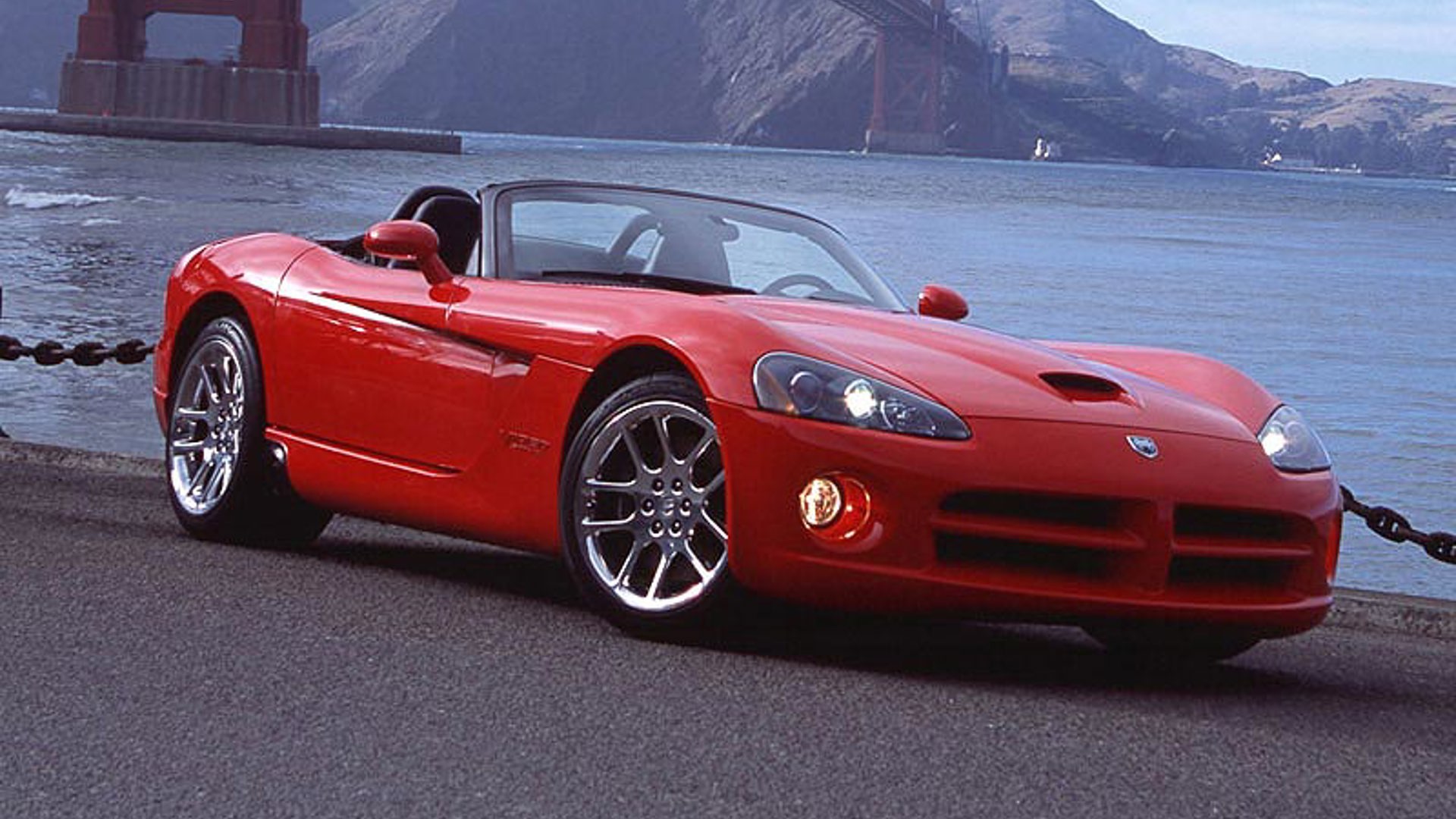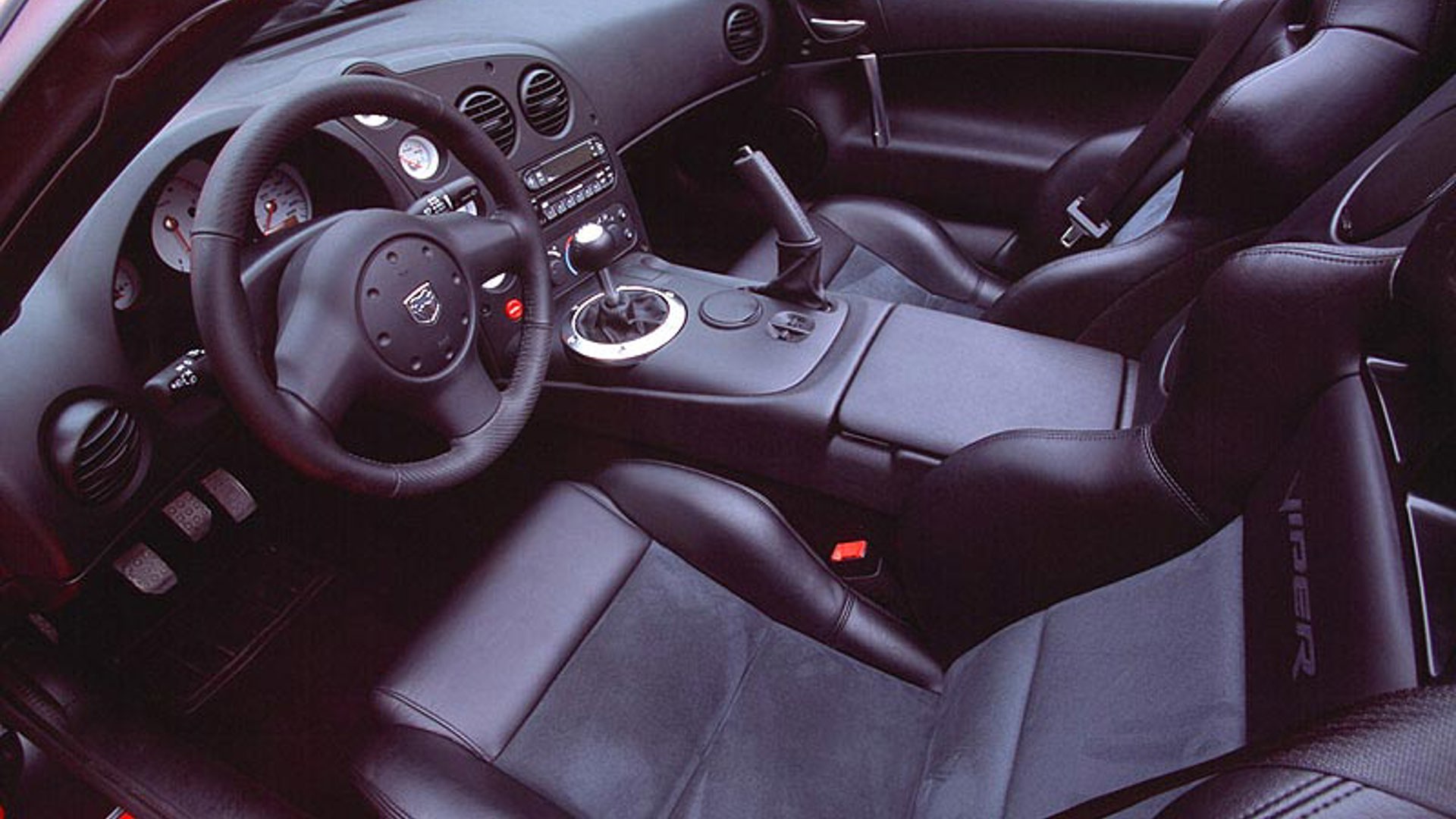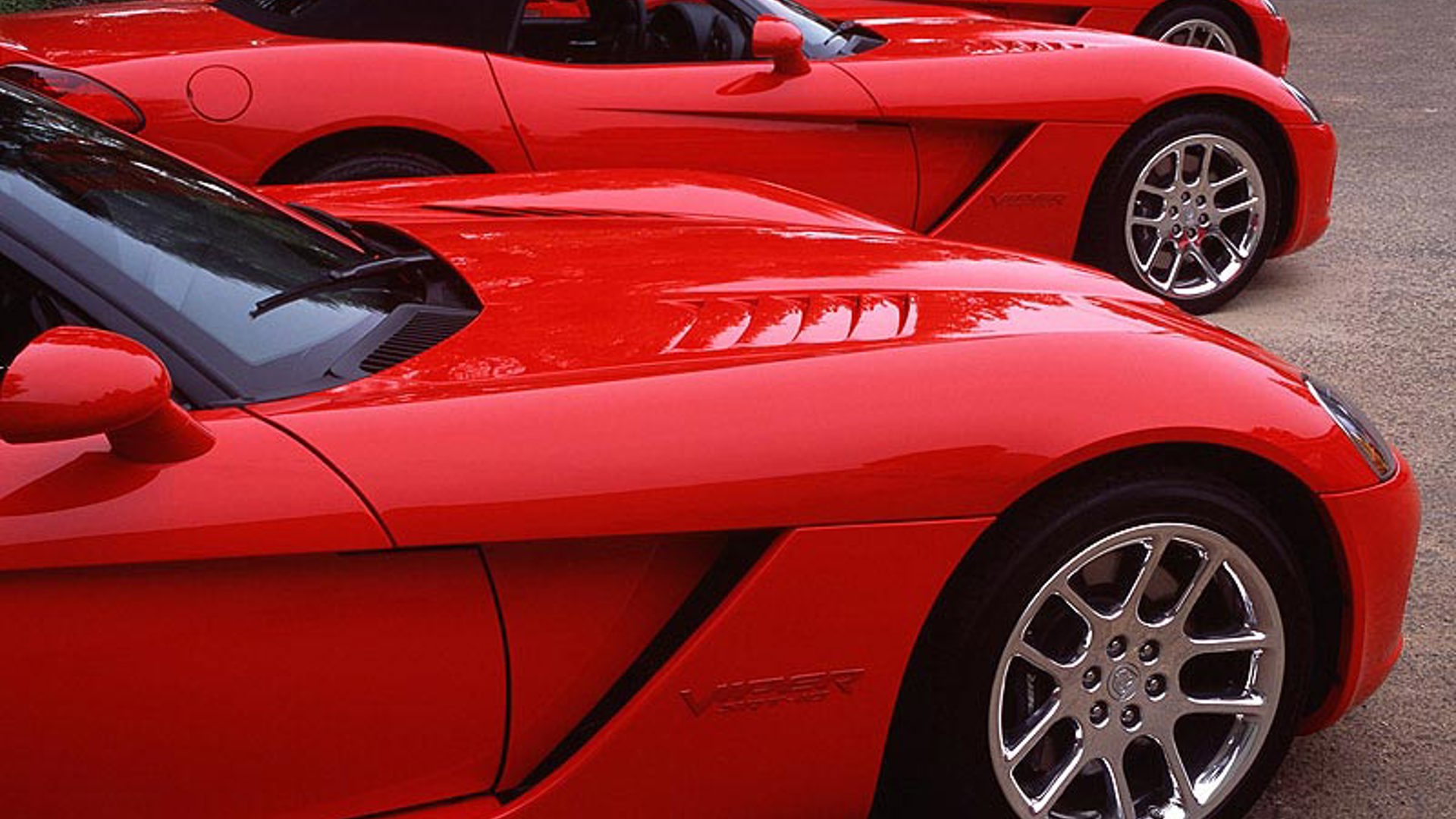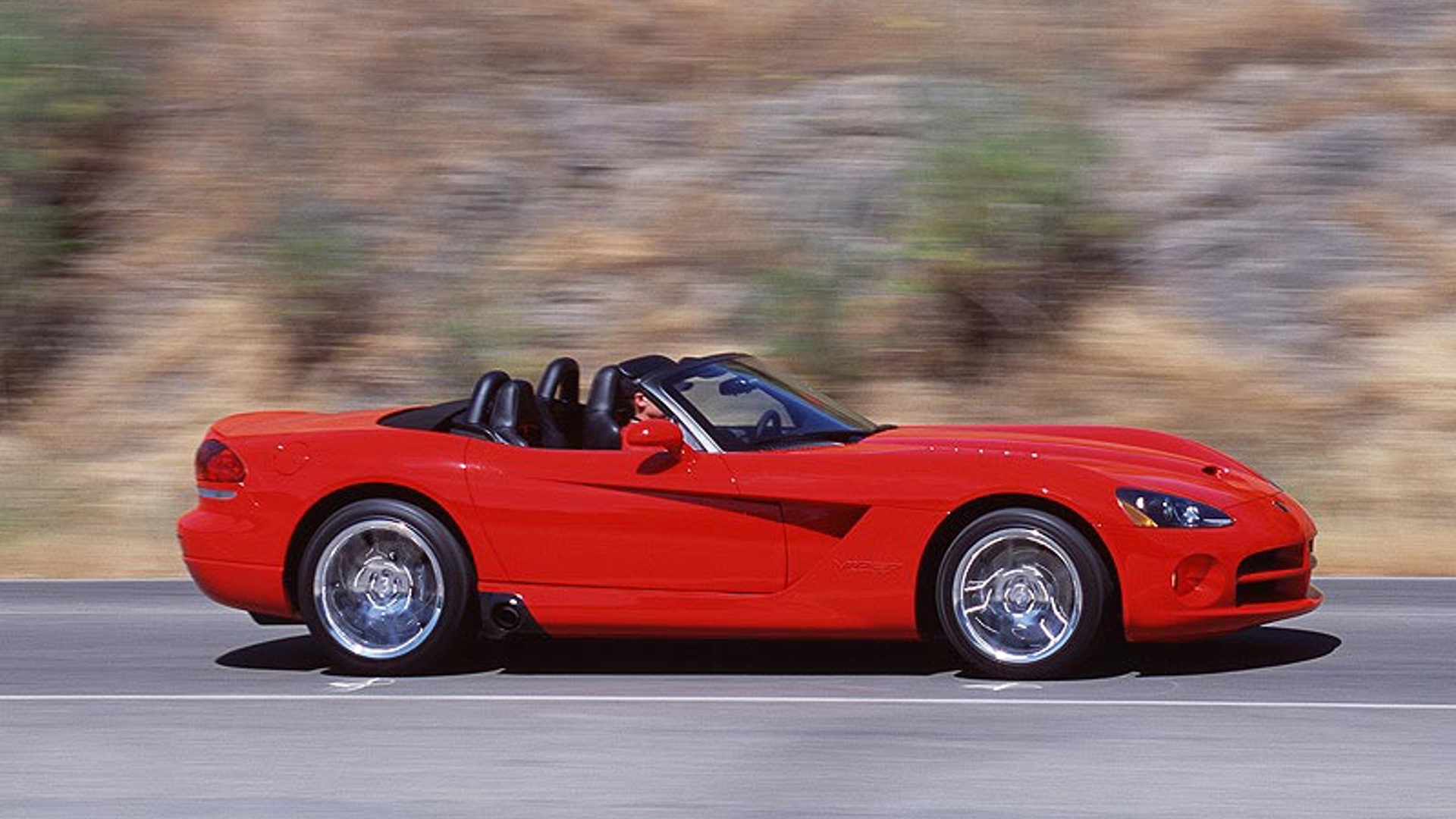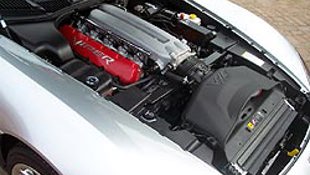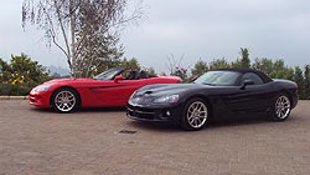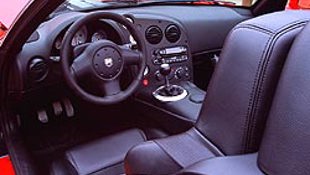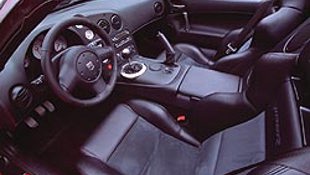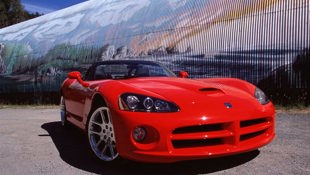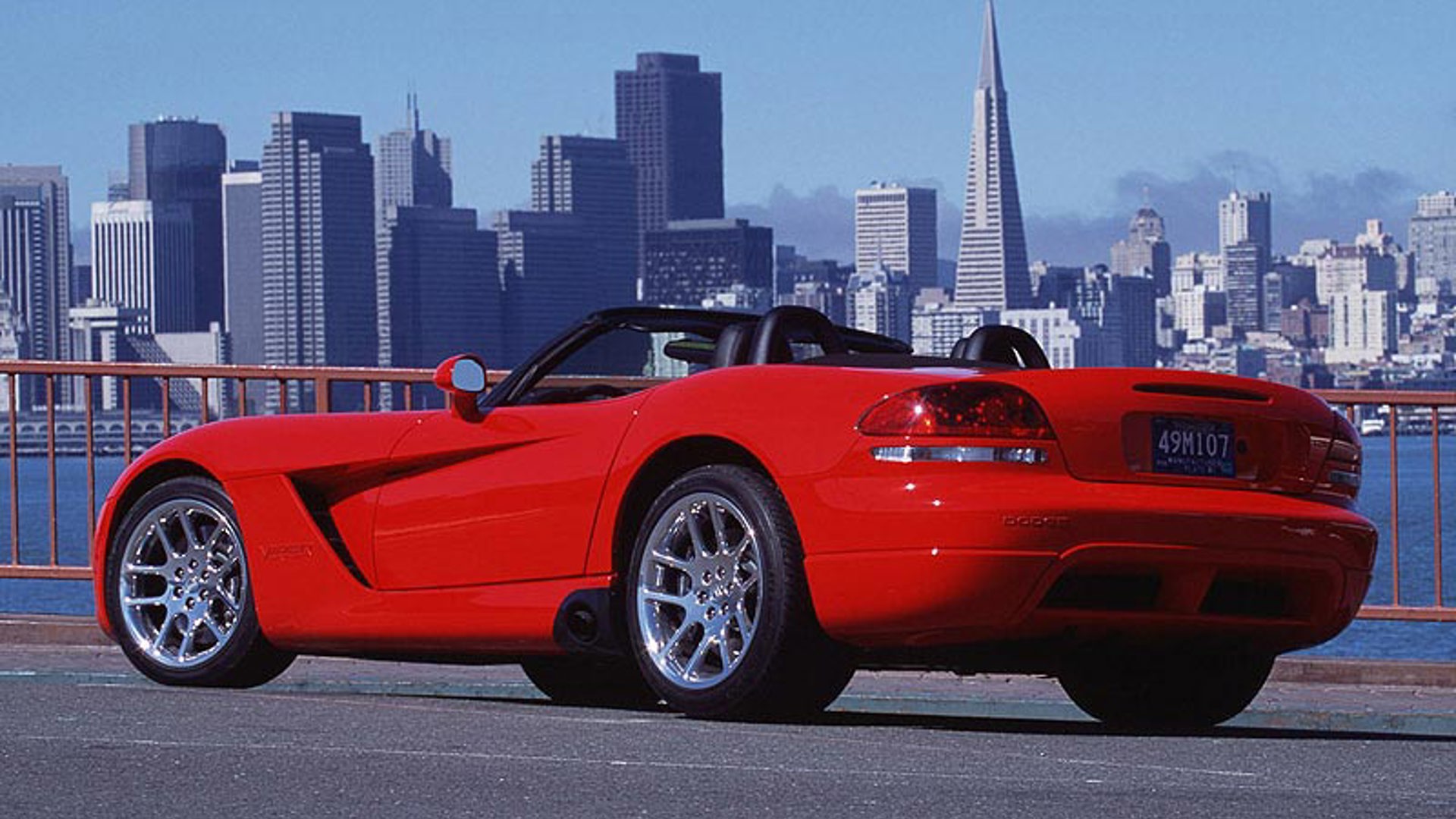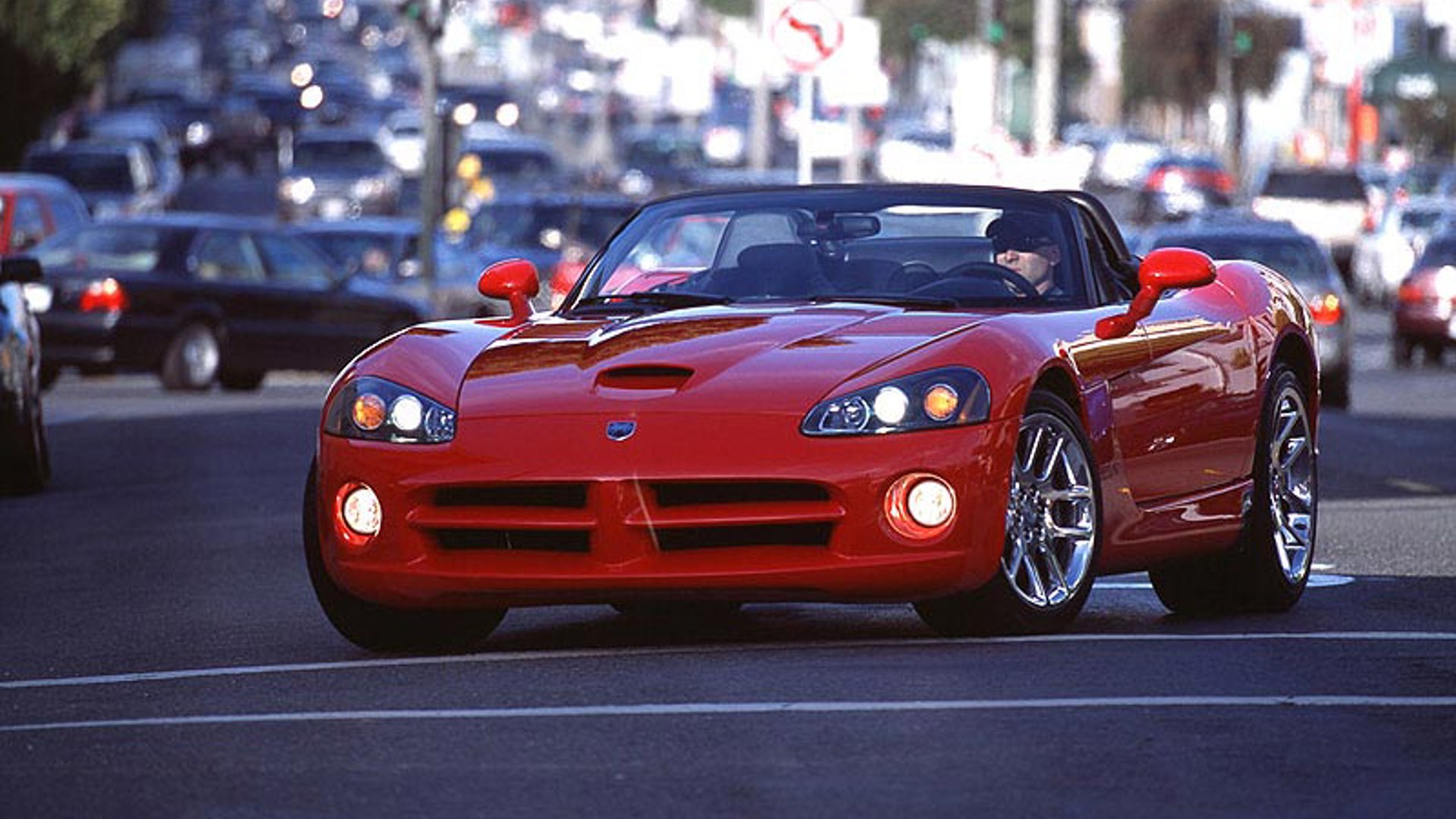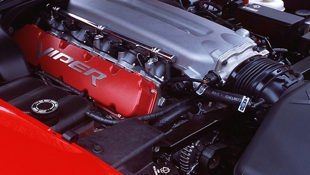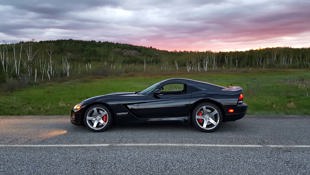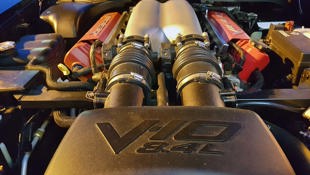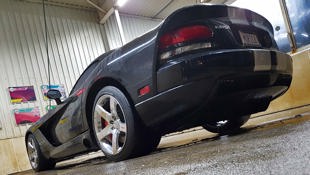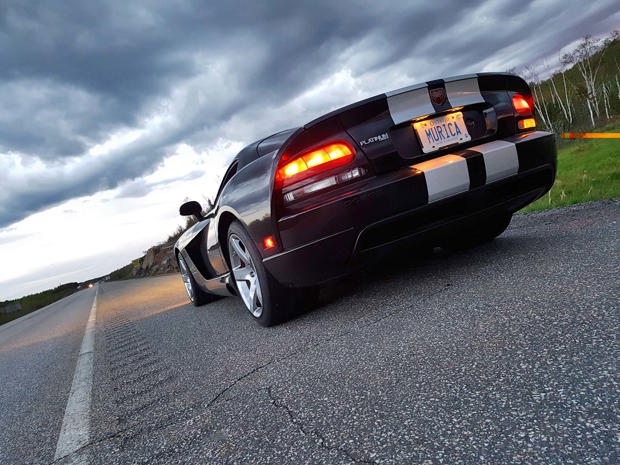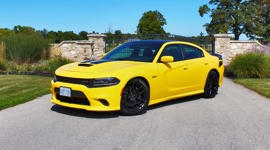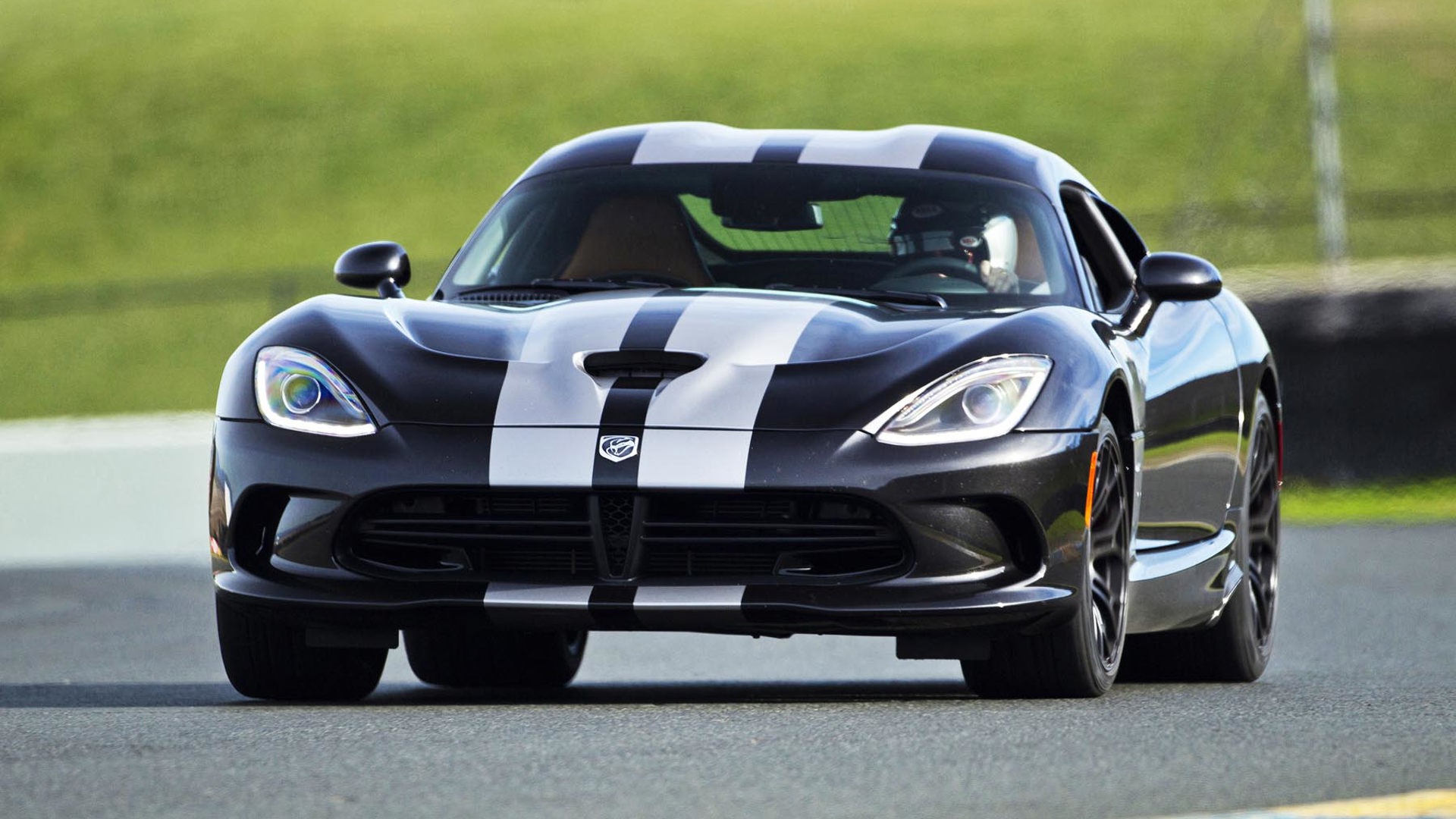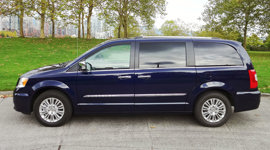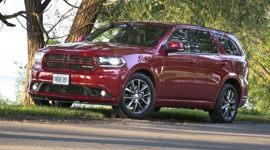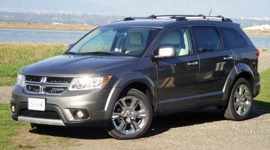Vehicle Type
Viper owners love the looks, exclusivity, crowd-gathering effects, and of course, the performance of their machines.
Performance Coupe / Convertible
History/Description
Sadly, and for the second time in recent history, the Dodge Viper has come to the end of its lifespan. The latest-generation Viper, which launched for 2013, is ramping down production and will be phased out. Resale values on these latest V10-powered two-seaters are still fairly high – though used copies of the highly capable previous-generation Viper SRT-10 are becoming fairly compelling.
Though the end of Viper’s run means these machines will likely become collector cars one day, the used marketplace hasn’t yet reacted with sky-high pricing for the most part – meaning that now’s as good a time as any to consider parking one of America’s most-extreme performance cars in your garage.
All SRT-10 Vipers were two seat, rear-wheel drive, and equipped with a manual transmission. Most used models from this generation (which ran from 2003 to 2010) will be cloth-top convertibles, though fixed-roof coupes were available too.
Feature content included leather seats, air conditioning, full instrumentation, power mirrors, remote access and an available navigation system, as well as Alpine premium audio.
Engines/Trim
Like all Vipers, the SRT-10 era machine came powered by a V10 engine, ranging in size from 8.3 to 8.4 litres and generating 500 horsepower from 2003 to 2006, and 600 horsepower after 2008. Note that there’s no 2007 Dodge Viper, as the 2006 model carried on through 2007 while the factory set up to build the heavily updated 2008 model, which is based on earlier machines from this era, though often considered its own sub-generation.
The 2008–2010 Viper got an updated transmission, updated differential, improved handling, and an updated electrical system, among other enhancements. Cross-shopping exercises may include comparable high-performance models from Porsche, Chevrolet and Nissan. Viper drivers can expect 0–100km/h in well under 4 seconds.
Note that special-edition models were available, including the Final Edition, Mamba, and ACR, in certain years.
What Owners Like
Viper owners love the looks, exclusivity, crowd-gathering effects, and of course, the performance of their machines. Big on uniqueness and attention-grabbing wow factor, many owners love that the Viper is an uncommon sight on the road in many locales, unlike some competitors.
What Owners Dislike
Gripes include (very) poor outward visibility, a tight cabin that fits snugly and is a little laborious to enter and exit, and a hefty thirst for premium unleaded. Limited cargo space and limited at-hand storage round out the owner-stated gripes, and most owners unanimously loathe the “skip-shift” function, which, in some instances, tries to force a first-to-fourth gearshift to save fuel.
Here’s a list of Dodge Viper SRT-10 Owner Reviews.
The Test Drive
With relatively low sales volumes, reliability information on the SRT-10-era Viper is a little patchy. Below, we’ll look at some useful generic checks, some advice from the owners community, and some tips from your writer, who is a two-time Viper owner, and current owner of a 2008 SRT-10 Coupe.
First off, mind your budget. Though numerous copies of this generation Viper can be bought for reasonable money, shoppers are advised not to over-extend their bank accounts, and to note that the Viper has relatively high running costs, thanks partly to a fairly aggressive fluid-change schedule, enormous and pricey tires, top-of-the-line brake components, and heavy fuel consumption. Insurance costs may be fairly pricey, too. Translation? Keep some money aside after your purchase to help keep your Viper ticking in tip-top shape for years to come. Note that cheaping out with low-quality replacement tires on a car like this one is strictly not advised.
On that note, here’s a discussion thread where numerous owners report minimal if any problems, even on higher-mileage units, provided they’re kept properly maintained and not abused. Leave your Viper stock, and keep its fluids fresh, and many an owner say you’ll have little to worry about, other than speeding tickets.
For maximum likelihood of buying a used Viper that isn’t planning to strike at your wallet, work backwards from an expectations standpoint in a few areas. Start by assuming any unit you’re considering will need new tires, brakes and a new clutch, until you or a mechanic proves otherwise.
Further, assume that the Viper you’re considering is overdue for all fluid changes, including the transmission fluid, brake fluid, and differential fluid, until you see service records that prove otherwise. Note that some of the Viper’s fluids need to be changed as often as every 20,000 kilometres, and that many of those fluids are fairly specific and pricey.
Skipping fluid changes is a great way to accelerate driveline component wear and tear, so if you can’t prove that a given fluid is within its service life, budget to have it changed for peace of mind. Note that there’s a general sentiment within the owners community that only factory-prescribed fluids should be used in the differential and transmission.
Next up, be sure to subject the vehicle to a history check, and a mechanical going-over, to determine whether it’s ever been introduced at a high rate of speed to a piece of highway infrastructure. The Viper has a reputation for being a handful of a car to control, and it has no stability and traction aids. Many owners have suffered crashes, contributing to Viper’s reputation for being hard to control (though, in your writer’s opinion, this is typically an issue with the driver, not the car). In any case, be sure to confirm that the Viper you’re considering hasn’t been smashed up and put back together.
While on a mechanics’ hoist, have a full pre-purchase inspection performed, with special attention paid to fluid leaks from the transmission, differential and engine, and in particular, from the engine’s front timing cover. All fluid levels should also be checked. A pre-purchase inspection is a great idea, and typically costs $200 or less.
Spend some time with the Viper’s doors and windows. Open and close both doors fully, several times, both quickly and slowly, and be on the lookout for a few not-uncommon trouble signs. First, note that some owners have reported saggy door hinges, which allow the door to ride too low in its opening, over time. Here’s some reading on a DIY fix from an earlier Viper, but note that this may still be a problem worth noting on the newer car.
If the door seems to rub or catch, or if the weather seals beneath the door look cracked, torn or chewed up, the door hinge may require realignment or replacement. Ditto if applying a slight upwards or downwards force to the rear edge of an opened door allows any movement in the door itself, or coaxes a popping or rubbing sound out of the hinge area. Note that door sag may also allow water to leak past weather seals.
Also, be sure that the side windows drop a few centimetres when you press the electronic door handle to open the door, which ensures that they clear the roof, and helps to form a tighter seal when they close. Sometimes, possibly because of a dead battery, the computer that controls this process loses its settings, and the pre-drop of the windows fails to occur, or occurs, but fails to drop the window sufficiently. If that’s the case, the result is the window smashing onto the roof of the vehicle when the doors are closed. This can damage the body, the window, or the regulator inside, so be sure to have it addressed.
Note that, since most Vipers won’t be daily driven, hooking up a battery trickle-charger is a good idea when you won’t be driving yours for more than a few days. Among other things, a trickle charger may help prevent issues, such as with the window pre-opening, that are possible when the battery dies.
On the topic of window regulators, note that the regulators fitted to most units in this era were practically made of wet cardboard, chewing gum, and cigarette butts. Countless owners have reported issues with window regulators ranging from total failure to unwanted noises to windows that need to be assisted in opening and closing. The problem, commonly, seems to be a broken piece inside of the regulator itself, which will usually require replacement. Note that an upgraded regulator was available from 2009 and up. Confirm that both power windows work as expected, operate quickly in both directions, show no signs of struggling, and operate without any clicking or grinding noises. Regular lubrication of window tracks can help fend off window regulator issues, too. Note that some owners even say they use their power windows sparingly, to avoid regulator damage.
On any convertible unit, be sure to check the top for signs of excessive wear or ripping, and damaged or missing weather seals, which can result in water leaks. Inspect the leather seating surfaces, too: if any look dry, crispy and resemble beef jerky, they’ve likely been very wet at some point in their life, possibly because of a water leak.
A final note: check the rocker panel / exhaust cover area of the Viper you’re considering for signs of damaged paint, scrapes, dents, or rust, especially beneath. If the paint has been compromised, rust will likely begin to form – and these panels are pricey to replace. Many owners (your writer included), remove these panels and apply fresh paint or some protective coating to help fend off damage and rust as a pre-emptive measure. Semi-regular removal of these covers to clean out sand and dirt (which can trap water and accelerate rusting) may also be advisable.
The Verdict
By and large, the Viper’s primitive powertrain and low-tech execution seem to have resulted in a largely reliable performance car with big power, and limited worries about problematic issues. Though door and window provisions may be fussy, the driveline and electronics look to be solid and reliable – provided they’re properly maintained, not heavily modified, and not abused. Stick to a well-maintained model that’s as close to stock as possible for best results.
Here’s a list of recalls.
Crash Test Ratings
N/A
